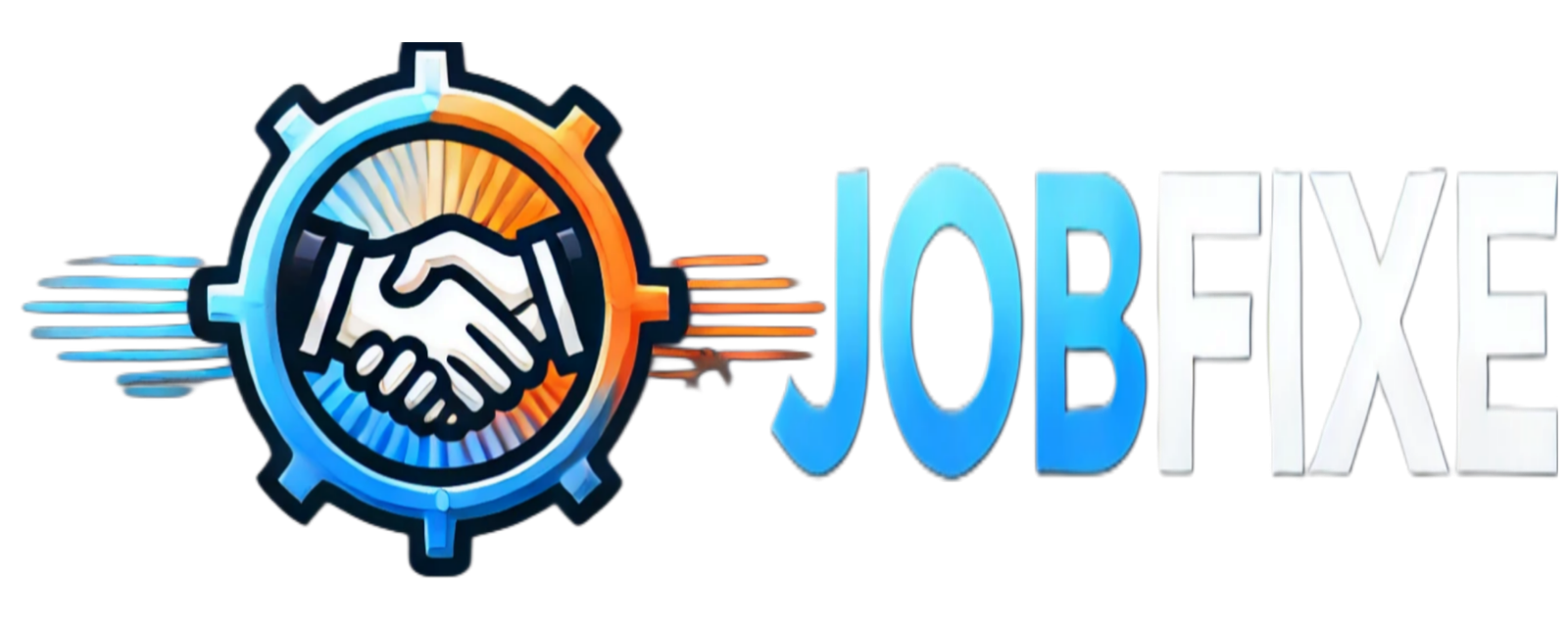Work Life Balance of Teachers 6 Ways to Maximize Your Free Time
Table of Contents
Introduction
Teaching is one of the most rewarding yet demanding professions. Many educators find themselves working well beyond school hours, grading papers late into the night, planning lessons on weekends, and struggling to find time for themselves. The work life balance of teachers has become increasingly challenging, especially in recent years with additional responsibilities and evolving educational requirements.
As an educational consultant with over 15 years of experience working with teachers across different grade levels and institutions, I’ve witnessed firsthand how proper time management and boundary-setting can transform an educator’s life. This comprehensive guide will explore six proven strategies to help you reclaim your personal time while maintaining your effectiveness in the classroom.
Understanding the Teacher Work-Life Balance Challenge
Before diving into solutions, it’s crucial to understand why the work life balance of teachers is particularly challenging:
According to a recent study by the National Education Association (NEA), teachers work an average of 50 hours per week, with many reporting even longer hours. The American Federation of Teachers’ research shows that 61% of teachers report feeling stressed “always” or “often” – significantly higher than the general population.
Key factors contributing to this imbalance include:
- Lesson planning and preparation
- Grading and assessment
- Parent communication
- Administrative duties
- Professional development requirements
- Extracurricular activities supervision
- Emotional investment in student success
Strategy 1: Implement Strategic Planning Systems
Time Blocking for Maximum Efficiency
The foundation of improving the work life balance of teachers starts with strategic time management. Research from the Journal of Educational Psychology suggests that teachers who use structured planning systems report significantly lower stress levels.
Key implementation steps:
- Dedicate specific time blocks for different tasks
- Use digital planning tools like Google Calendar or Planbook.com
- Schedule concentrated work periods during peak energy hours
- Build in buffer time for unexpected situations
For detailed planning templates and resources, visit the National Education Association’s teacher planning resources: www.nea.org/professional-excellence/student-engagement/tools-tips
Strategy 2: Master the Art of Delegation
Empowering Students and Leveraging Resources
Effective delegation is crucial for maintaining a healthy work life balance of teachers. The American Psychological Association emphasizes that appropriate delegation can reduce teacher burnout while developing student responsibility.
Implementation techniques:
- Assign classroom jobs to students
- Utilize parent volunteers effectively
- Collaborate with teaching assistants
- Share resources with colleague
The Association for Supervision and Curriculum Development (ASCD) offers excellent guidelines on classroom delegation: www.ascd.org/teaching/classroom-management
Strategy 3: Establish Clear Boundaries
Creating Sustainable Work Limits
According to research published in Teaching and Teacher Education, setting clear boundaries is essential for maintaining the work life balance of teachers. This includes both physical and digital boundaries.
Key boundary-setting practices:
- Set specific work hours and stick to them
- Create a dedicated workspace at home
- Establish communication protocols with parents
- Use tech tools to automate responses during off-hours
The National Center for Education Statistics provides data-driven insights on teacher working conditions: nces.ed.gov/surveys/teaching-conditions
Strategy 4: Leverage Technology Effectively
Using Digital Tools to Save Time
Modern technology offers numerous opportunities to streamline teaching tasks and improve the work life balance of teachers. The International Society for Technology in Education (ISTE) recommends several time-saving tools:
Recommended digital solutions:
- Google Classroom for assignment management
- Kahoot for quick assessments
- ClassDojo for behavior management
- Planbook for lesson planning
Explore ISTE’s educational technology standards and recommendations: www.iste.org/standards/for-educators
Strategy 5: Prioritize Self-Care
Making Personal Wellness Non-Negotiable
The American Psychological Association emphasizes that teacher self-care is not selfish but essential for long-term career sustainability. Research shows that teachers who prioritize self-care demonstrate better classroom management and student outcomes.
Essential self-care practices:
- Regular exercise routines
- Mindfulness and stress management
- Healthy sleep habits
- Social connections outside of work
The Yale Center for Emotional Intelligence offers resources for teacher wellness: www.ycei.org/ruler/teacher-well-being
Strategy 6: Build Professional Learning Communities
Collaborating for Efficiency
Creating and participating in professional learning communities can significantly improve the work life balance of teachers through resource sharing and emotional support.
Key benefits:
- Shared lesson planning
- Collaborative problem-solving
- Emotional support network
- Professional development opportunities
The Learning Policy Institute provides research on effective teacher collaboration: learningpolicyinstitute.org/topic/teacher-preparation
Implementation Timeline
Week 1-2: Assessment and Planning
- Evaluate current time usage
- Identify primary stress points
- Select appropriate digital tools
- Set up planning systems
Week 3-4: System Implementation
- Begin using time blocking
- Establish new boundaries
- Integrate technology solutions
- Start delegation processes
Week 5-6: Refinement and Adjustment
- Evaluate effectiveness
- Adjust strategies as needed
- Build support networks
- Establish routine check-ins
Common Challenges and Solutions
Challenge 1: Administrative Pressure
Solution: Document your efficiency improvements and communicate proactively with administration about workload management.
Challenge 2: Parent Expectations
Solution: Establish clear communication protocols and office hours at the beginning of the year.
Challenge 3: Technology Learning Curve
Solution: Start with one tool at a time and utilize available professional development resources.
Measuring Success
Track these key indicators to monitor improvement in your work life balance of teachers:
- Weekly working hours
- Stress levels
- Sleep quality
- Personal time availability
- Job satisfaction
FAQs
Q: How long does it take to see improvements in work-life balance?
A: Most teachers report significant improvements within 4-6 weeks of implementing these strategies consistently.
Q: What if my school doesn’t support these changes?
A: Start with personal boundaries and gradual changes that don’t require administrative approval.
Q: How can I maintain these practices during busy periods?
A: Focus on core strategies and temporarily adjust expectations during peak times.
Conclusion
Improving the work life balance of teachers is an ongoing process that requires commitment and consistent effort. By implementing these six strategies systematically, you can create a more sustainable and enjoyable teaching career while maintaining high professional standards.
Remember that small changes, implemented consistently, lead to significant improvements over time. Start with one strategy that resonates most with your current situation and gradually incorporate others as you build confidence and see results.
Additional Resources
For more support in improving your work-life balance, consider these valuable resources:
- Teacher Well-Being Index: www.educationsupport.org.uk/resources
- Mindfulness for Teachers: www.mindfulteachers.org
- Time Management Tools: www.edutopia.org/article/time-management-resources
By implementing these strategies and utilizing available resources, you can create a more balanced and fulfilling teaching career while maintaining your effectiveness in the classroom.
Remember, a well-balanced teacher is an effective teacher. Your students benefit when you’re at your best, so consider these strategies as an investment in both your personal well-being and your professional success.







